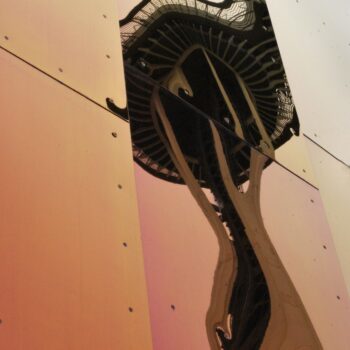
Double Your Profits in Two Years or Less
In 1989 while conducting research for our second book, The Vital Corporation: How American Companies, Large and Small, Double Profits in Two Years or Less, my co-author and I went into twenty of the fastest growing companies in the USA. Near the top of the list was a company called Amre which had grown from $4.4 million to $140 in five years. Amre was an impressive company. It had taken an old mom-and-pop industry for home remodeling and converted it into a national system. The market was for older homes that needed refurbishing. The technology was application of colored vinyl panels to the outside of the house which never required repainting and were not worn by the weather. The challenge Amre embraced was to do this on a very large scale and ensure highly reliable, fast service at the local level throughout a huge country. The company succeeded so dramatically by converting the component organization into an engine for rapid growth. They marketed their products in Sears stores nationwide under the Sears name. They created a structure and systems that enabled them to source materials at steep discount and utilize local mom-and-pop contractors to deliver services promptly at competitive prices. Six months after publishing our book featuring Amre, we called the two co-founder CEOs and asked for a meeting. We told them that during our study of the company we had identified organizational weak spots which we believed would eventually call a halt to their phenomenal expansion and offered to help them set them right. The two owners turned and exchanged looks with each other and then turned to me and said, “Where were you a few months ago? We have already hit the wall you are speaking about.”
Organization is humanity’s most complex technology and sophisticated invention. It consists of innumerable elements or subcomponents. Structure determines the division and specialization of work and levels of management hierarchy. Authority defines how decisions are made, approved and executed in each area and level. Rules, procedures, systems and activities determine how energy, information, people, money and objects move through the organization. Communication, coordination and integration determine how the separate parts relate, interact and combine their separate activities into a coherent, cohesive living whole. Each of these subcomponents admits of unlimited refinement and development. The performance of each depends on the energy that is channeled through it, the clarity and precision of direction, the attitudes and skills through which it is expressed. Transforming these subcomponents into engines multiplies the speed, efficiency, momentum and creativity of the workplace. In the process it energizes employees to high performance, makes the market move toward the company, invents new and better technologies and attracts the financial resources needed to fuel endless expansion.
- Posted by Garry Jacobs
- On December 2, 2015
- 0 Comment


Leave Reply